PDF-Rules for International
Author : leah | Published Date : 2021-08-24
1Wushu Taolu CompetitionInternational Wushu FederationNovember 20052CONTENTSCHAPTER 1ORGANIZATIONAL STRUCTUREArticle 1Competition CommitteeArticle 2Jury of Appeal
Presentation Embed Code
Download Presentation
Download Presentation The PPT/PDF document "Rules for International" is the property of its rightful owner. Permission is granted to download and print the materials on this website for personal, non-commercial use only, and to display it on your personal computer provided you do not modify the materials and that you retain all copyright notices contained in the materials. By downloading content from our website, you accept the terms of this agreement.
Rules for International: Transcript
Download Rules Of Document
"Rules for International"The content belongs to its owner. You may download and print it for personal use, without modification, and keep all copyright notices. By downloading, you agree to these terms.
Related Documents

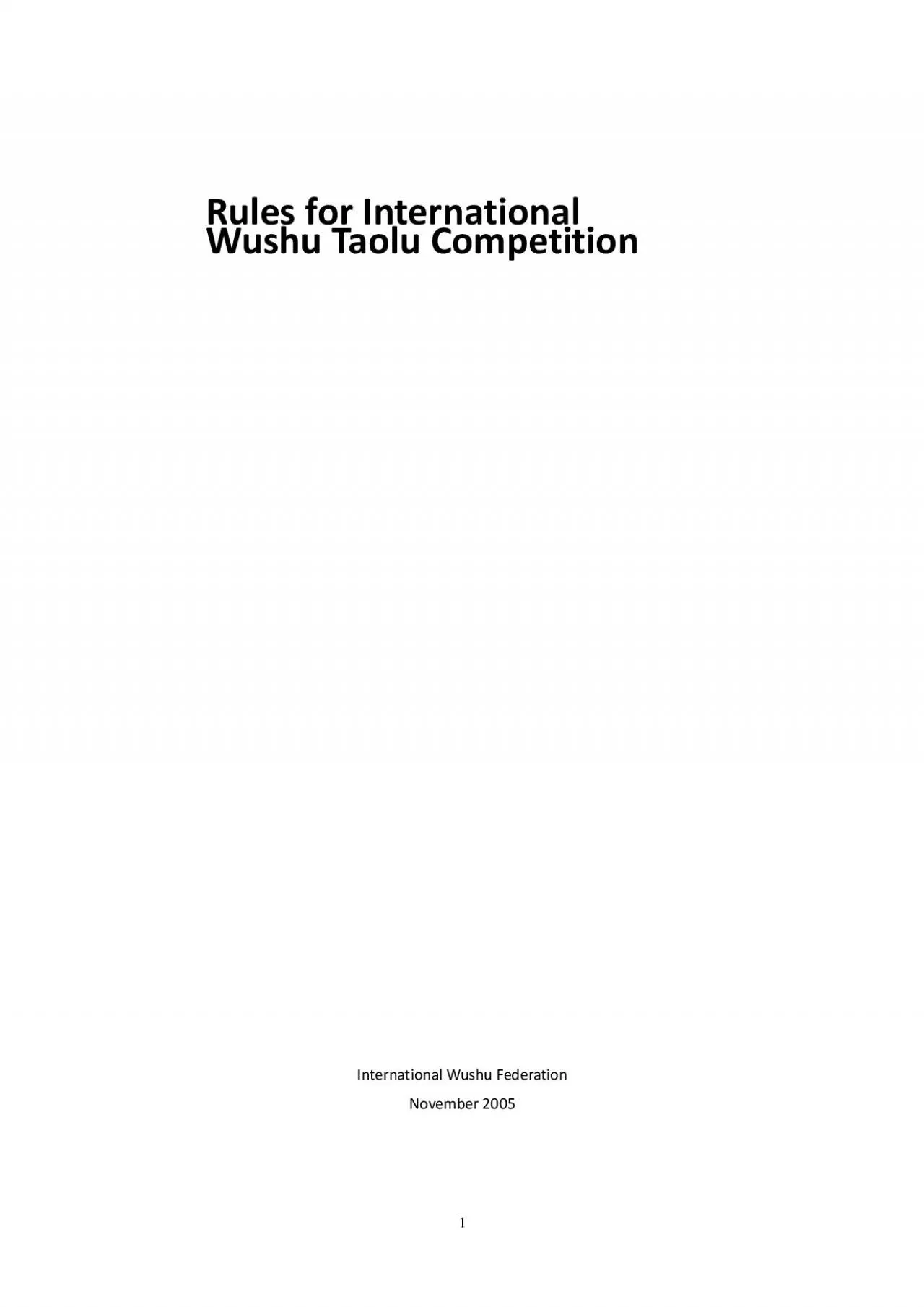
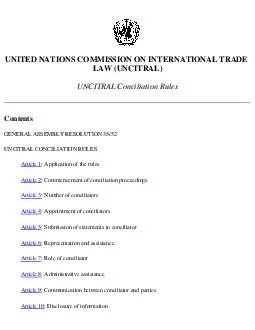
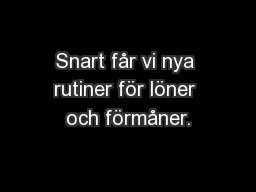

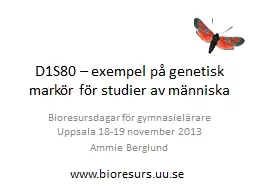
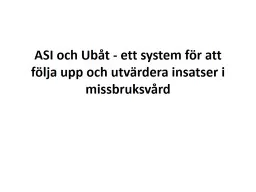

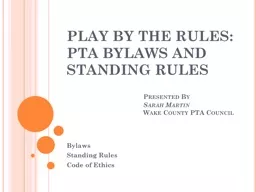

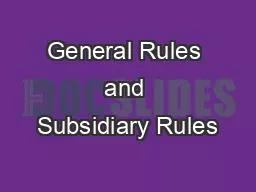

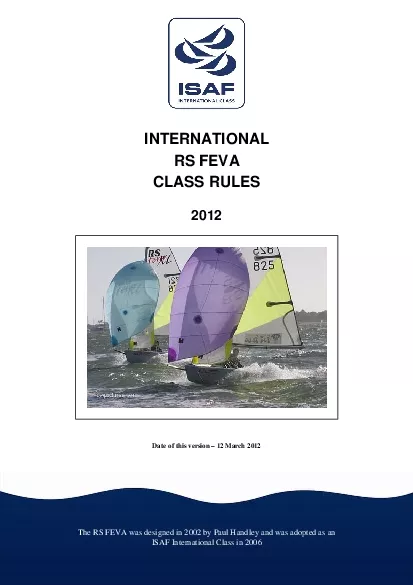
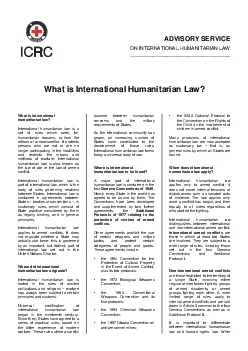
![Read ebook [PDF] Robert\'s Rules of Order Newly Revised In Brief, 2nd edition (Roberts](https://thumbs.docslides.com/1019766/read-ebook-pdf-robert-s-rules-of-order-newly-revised-in-brief-2nd-edition-roberts-rules-of.jpg)